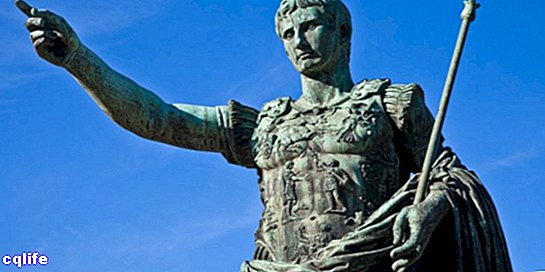We explain what the Julian calendar is and to whom it owes its name. In addition, how it was composed and the reasons for its replacement.

What is the Julian calendar?
The Julian calendar is known as the calendar model introduced by the Roman military and political leader Julius Caesar in 46 BC. (708 AUC, that is,ab Urbecondita, "Since the founding of Rome"). This calendar model came into force since the Roman conquest of Egypt, and was the predominant in Europe and its colonies until the year 1582, when it was gradually replaced by the Gregorian calendar, with a greater precision of 0.002%.
The appearance of this unified calendar replaced the lunar calendars of many cultures ancient, such as the traditional Etruscan and Latin calendars, unifying the Roman world and its colonies around the same model, heir to the Egyptian solar calendar, the first of which is News, developed in remote antiquity to try to predict the floods of the Nile.
In fact, the Roman Empire was governed based on a pagan calendar of 304 days distributed in 10 months, whose irregularities and lags were corrected according to economic and political needs (such as the time to pay the workers or the delay of the votes of the Republic), adding the month ofmercedonius biennially.
The Julian calendar introduced a regular year of 365.25 days across 12 months, with a leap day introduced between February 23 and 24 every 4 years. For this, a year of 445 days, called the “last year of confusion”, had to be counted during the year prior to its implementation. The idea of numbering the days came later, inheritance of the Visigoths, and was implemented by decision of Charlemagne.
The Julian calendar also took January 1 as the beginning of the year instead of March 1, as was customary. Later the months ofquintilius Ysextilius like July and August, in honor of the Roman emperors Julius Caesar and Caesar Augustus, respectively. Other emperors tried to rename months at will, but failed: Caligula wanted to call September germanicus, Nero wanted to callNeronian to April and Domitian wanted to calldomitianus to October.
The mathematical considerations of the Julian calendar were taken despite the fact that it was already known, from ancient Greek astronomers, that the tropic year was slightly shorter than 365.25 days. Thus, this model calendar lost almost three days every four centuries. This motivated, during the Council of Trent (1545-1563), the need for a new model to correct the accumulated gap since the Council of Nicea.
